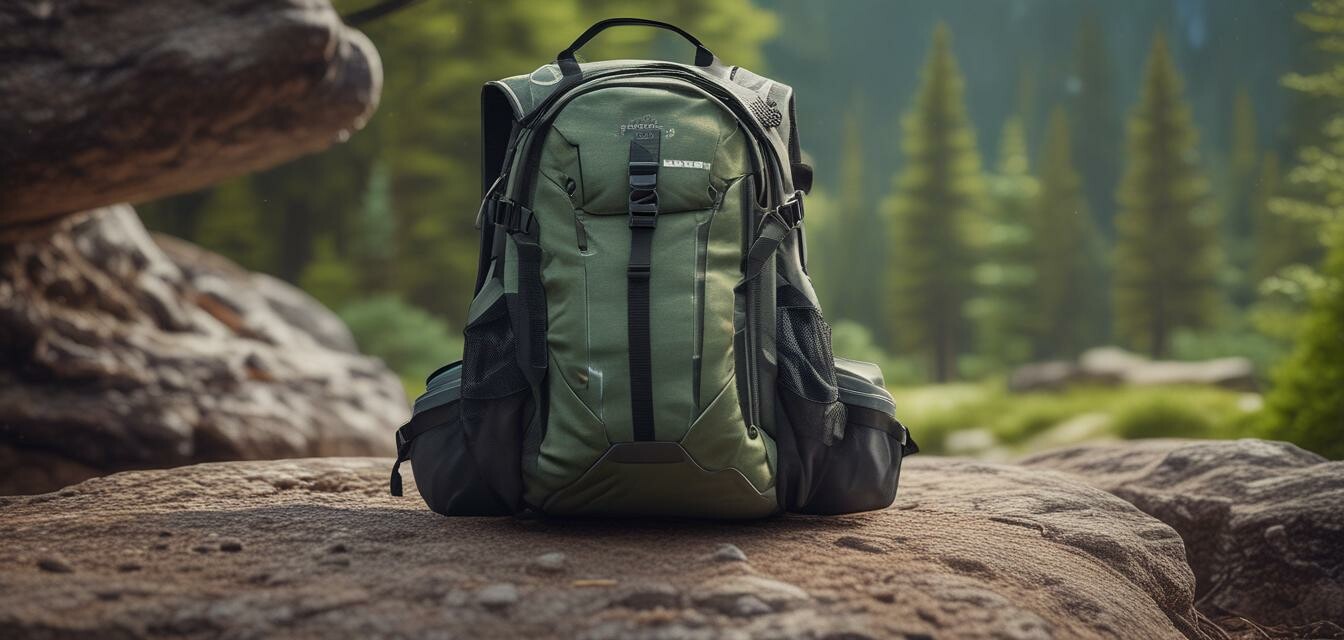
Choosing the Best Hydration Pack for Outdoor Activities
Key Takeaways
- Consider the capacity, fit, and comfort of the hydration pack.
- Look for additional features like pockets and insulation.
- Choose a pack compatible with your outdoor activities, whether it be hiking, biking, or running.
- Evaluate material durability to withstand outdoor conditions.
Selecting the right hydration pack can significantly enhance your outdoor experience, ensuring you stay hydrated during your adventures. This guide will cover essential features to consider when choosing a hydration pack from Dakine, emphasizing durability, functionality, and comfort.
Why Choose a Hydration Pack?
Hydration packs are vital for outdoor enthusiasts. They allow easy access to water, making it convenient to stay hydrated without the hassle of carrying traditional water bottles. But with various options available, how do you choose the best one?
Essential Features of a Good Hydration Pack
Here are some crucial features to consider when selecting a hydration pack:
- Capacity: Hydration packs come in various sizes. Choose one based on how much water you'll need for your activity duration.
- Fit: A proper fit is essential for comfort. Look for adjustable straps that keep the pack stable during movement.
- Durability: Ensure materials can withstand rough outdoor conditions. Look for reinforced seams and weather-resistant fabrics.
- Pockets and Compartments: Having extra pockets for essentials like snacks, first-aid kits, or tools can be very useful.
- Insulation: Some packs come with insulated reservoirs that keep your water cool, perfect for long hikes in warm weather.
Comparison of Recommended Hydration Packs
| Hydration Pack | Capacity | Features | Weight |
|---|---|---|---|
| Dakine Ranger Travel Pack 45L | 45L | Front access pocket with padded laptop sleeve, wet/dry pocket | 2.7 lbs |
| Dakine Ranger Travel Pack 45L - Black | 45L | Padded laptop sleeve, multiple access pockets | 2.7 lbs |
Choosing the Right Capacity
Hydration packs vary in capacity from small (1-2 liters) to larger packs suitable for day hikes (3-5 liters). Here’s a quick guide:
- Short excursions: 1-2 liters should suffice.
- Half-day hikes: 2-3 liters is ideal.
- Full-day adventures: Opt for 3-5 liters depending on your hydration needs and weather conditions.
Fit and Comfort
Like a good pair of shoes, a hydration pack should fit comfortably. Ensure you look for:
- Adjustable shoulder straps
- Chest and waist straps for additional support
- Padded back for comfort during movement
Other Considerations
Along with the essentials, think about additional features such as:
- Reflective strips: Important for visibility when cycling or hiking in low light.
- Easy-access valves: Make it easy to hydrate on the go without breaking your stride.
- Cleaning features: Look for packs that are easy to clean and maintain.
Tips for New Buyers
- Try before you buy! Wearing the pack while standing is a good way to judge comfort.
- Check user reviews to understand the real-world performance of the pack.
- Consider hydration packs that offer multi-functional use for various outdoor activities.
- Don’t overlook the warranty options available from manufacturers.
Conclusion
A quality hydration pack can significantly impact your outdoor activities, making it easy to stay hydrated and prepared. Brands like Dakine offer exceptional options that cater to various needs, ensuring you find the perfect pack for your next adventure. Remember to prioritize capacity, fit, and additional features as you make your selection.
For more information on selecting the right backpack for specific needs, shine a light on our other resources, including school backpacks, lightweight hiking backpacks, and outdoor backpacks.